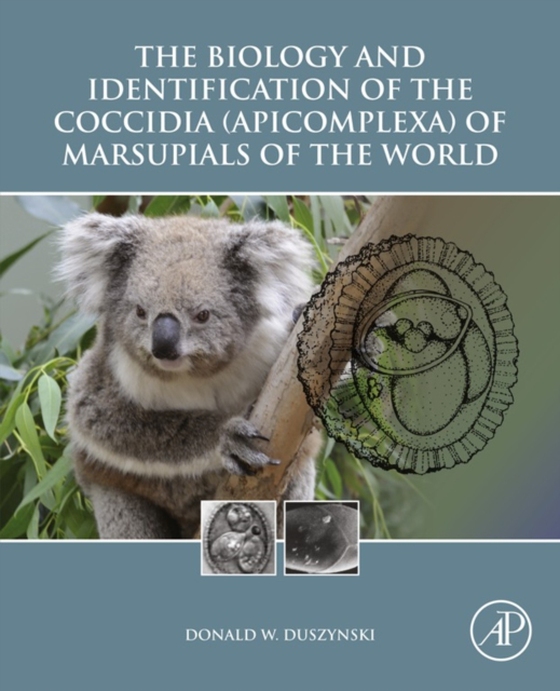
Biology and Identification of the Coccidia (Apicomplexa) of Marsupials of the World e-bog
656,09 DKK
(inkl. moms 820,11 DKK)
The Biology and Identification of the Coccidia (Apicomplexa) of Marsupials of the World contains the most up-to-date information on the former order marsupial that is now partitioned by mammalogists into seven separate orders that contain 20 families, 86 genera, and 318 species that live on land or in trees in Oceania and the Americas. Marsupials, like other vertebrate animals have many diff...
E-bog
656,09 DKK
Forlag
Academic Press
Udgivet
10 september 2015
Længde
254 sider
Genrer
MKFP
Sprog
English
Format
epub
Beskyttelse
LCP
ISBN
9780128027127
The Biology and Identification of the Coccidia (Apicomplexa) of Marsupials of the World contains the most up-to-date information on the former order marsupial that is now partitioned by mammalogists into seven separate orders that contain 20 families, 86 genera, and 318 species that live on land or in trees in Oceania and the Americas. Marsupials, like other vertebrate animals have many different kinds of parasites (e.g. viruses, protozoa, worms, arthropods, etc.), but there is no definitive text that covers any one of these groups found in all marsupials. Coccidiosis is a serious global problem in most domesticated animals, and under increasing circumstances of loss of habitat and crowding, may also affect some wild animal populations, thus, there is a real need for their identification and control. Offers line drawings and photomicrograph of each parasite from each hosts species, including methods of identification and treatment Presents a complete historical rendition of all known publications on coccidia (and their closest relatives) from all marsupials species on Earth, and evaluates the scientific and scholarly merit of each Provides a complete species analysis of the known biology of every coccidian described from marsupials Reviews the most current taxonomy of marsupials and their phylogenetic relationships needed to help assess host-specificity and evaluate what little cross-transmission work is available
 Dansk
Dansk

